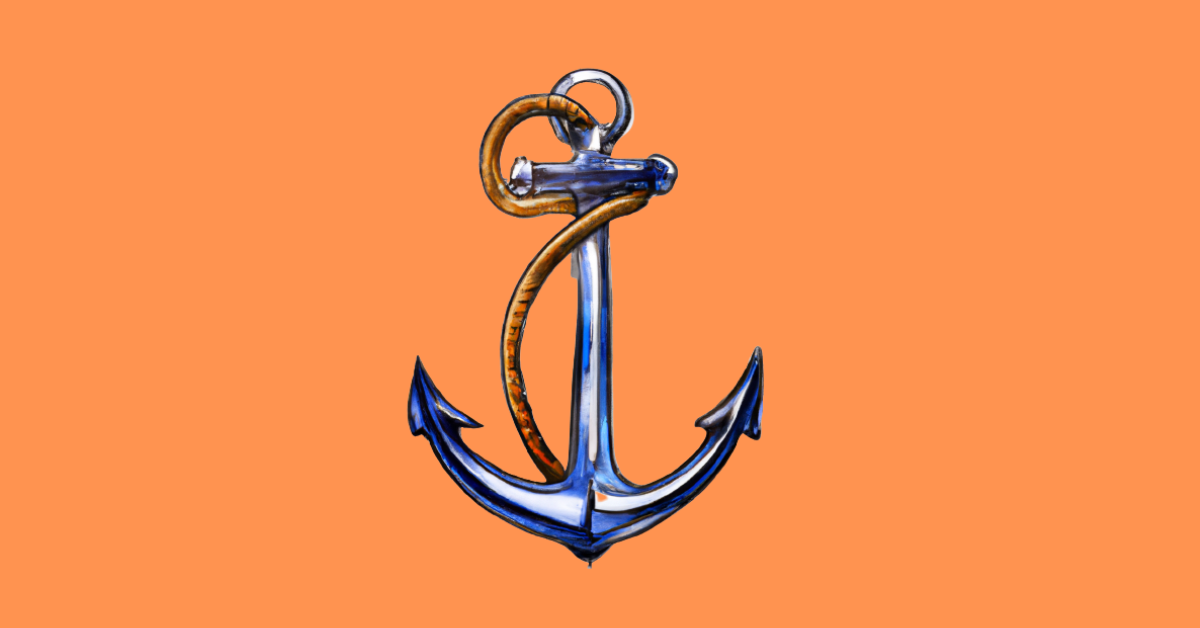I wake up in the middle of the night terrified that I will die without accomplishing anything.
Music, audiobooks, and podcasts are constantly playing on my phone so I’m not alone with my thoughts. Thoughts that I’m getting older, and time is not slowing down.
There’s a recurring dream that I am on my deathbed, looking back on my life. And I have more regrets than achievements.
These experiences guided me toward Memento Mori.
The phrase “memento mori” is Latin for “remember that you must die” and is a mental model for remembering mortality. It originally referred to the practice of carrying or displaying reminders of death, such as human skulls.
I now use it as a tool to gain an appreciative and mindful perspective for life. It helps to achieve my goals, focus my time, and keep the important stuff front of mind.
In this article I’m exploring ways to incorporate this timeless wisdom into daily life.
Let’s dive in.
The Power of Memento Mori
My older sister by a year died when I was 22, and my dad died 2 years ago at age 53.
Both of these losses happened before I was 30.
In a lot of ways I am still processing losing a third of my immediate family. Probably will never stop processing.
My Dad was my best friend and hero. No one else in my life will ever be interested in my life or support me the way he did.
But his death also has given me a gift: perspective.
Every time I look at my now 1.5 year-old son or 10 year-old daughter I know that the time we have together is limited. And that makes me cherish each moment.
This perspective puts a fire in my belly. To be a better man, to build wealth that can support my family, and to leave my kids with lessons and an example of optimism and resilience.
It gives me a North Star. Knowing that I will die puts a deadline in place. Every action I take has to have intention.
This is Memento Mori.
You will die. Think of this every day and make the most of the time you have.
Tactical methods of Memento Mori
“Life without design is erratic”
– Seneca
Leverage visual cues. I am an extremely visual person. Nothing helps me learn or remember ideas more than a good old visual aid.
To remember Memento Mori, a lot of people use a depiction of a human skull. For me, it’s an anchor.
It is a reminder of my Dad. His favorite saying was “the anchor holds in spite of the storm.” When he got sick, we had t-shirts made when with that saying and a picture of a graphic.
Every time I see an anchor, I think of Dad and the impermanence of life.
Use reminders to reflect and improve. These visual clues are great reminders, but they don’t mean much if you don’t take action.
“Inaction breeds doubt and fear. Action breeds confidence and courage. If you want to conquer the negative elements in your life, don’t sit at home and think about it. Go out and get busy!”
– Dale Carnegie
The best part about life is the living part. So get off your phone, turn off Netflix, and go live. Touch grass. Wrestle a bear. Do something that makes you feel alive.
Strive for a balanced perspective against life’s unknowns. As Ryan Holiday says in the Daily Stoic: “Remember: You Don’t Control What Happens, You Control How You Respond.”
You are going to die. Don’t die sooner than you need to because you had a heart attack stressing about stuff you couldn’t change anyway.
Practicing gratitude. I use Sahil Bloom’s 1-1-1 method of journaling. 1 win from the day, 1 point of anxiety or stress, and 1 point of gratitude. The most powerful part of this reflection is the gratitude.
It forces me to take stock of what I have and not take it for granted. Each day is a gift. If you are breathing, you can be grateful.
Embracing life’s stages. When I was 7, I couldn’t wait till I was 10. When I was 10, I wanted to 16. Now that I’m 30, I wish I stopped worrying about being a different age and just enjoyed it.
Time is not stopping for anyone. Be present in the moment. Meditate. Life is a vapor. Don’t let it pass you by while you wish for another time or fantasy situation. Just be.
Modify Memento Mori to fit your needs. These are methods and frameworks that I use.
Give them a try, but don’t be afraid to take the concepts and mold them into tactics that work best for you.
Conclusion
A mental model for Memento Mori can be a powerful tool for gaining perspective and embracing our inevitable mortality.
By making conscious efforts to leverage visual cues, maintain a balanced perspective, and practice gratitude, we can each develop a healthier outlook and make better use of the time we have.
With a mental model for Memento Mori, we can learn to treat the present moment with the reverence it deserves.
I’ll leave you with a quote from my favorite film director.
“You’re different. You’re more perfect. Time is three things for most people, but for you, for us, just one. A singularity. One moment. This moment. Like you’re the center of the clock, the axis on which the hands turn. Time moves about you but never moves you. It has lost its ability to affect you. What is it they say? That time is theft? But not for you. Close your eyes and you can start all over again. Conjure up that necessary emotion, fresh as roses.”
– Johnathan Nolan

